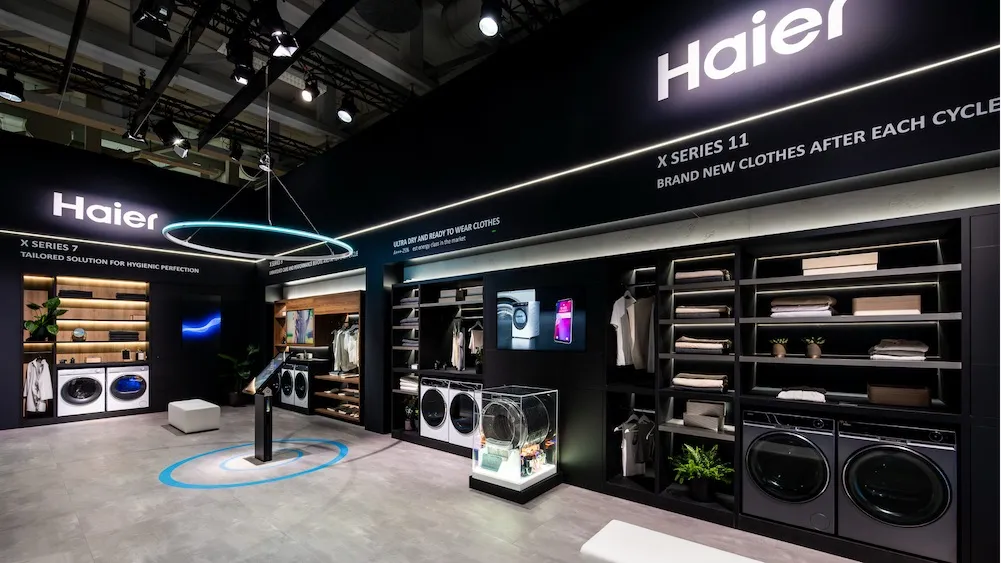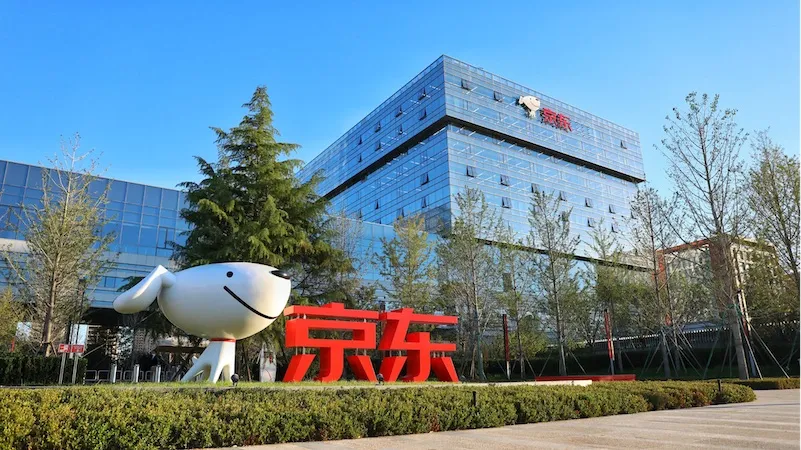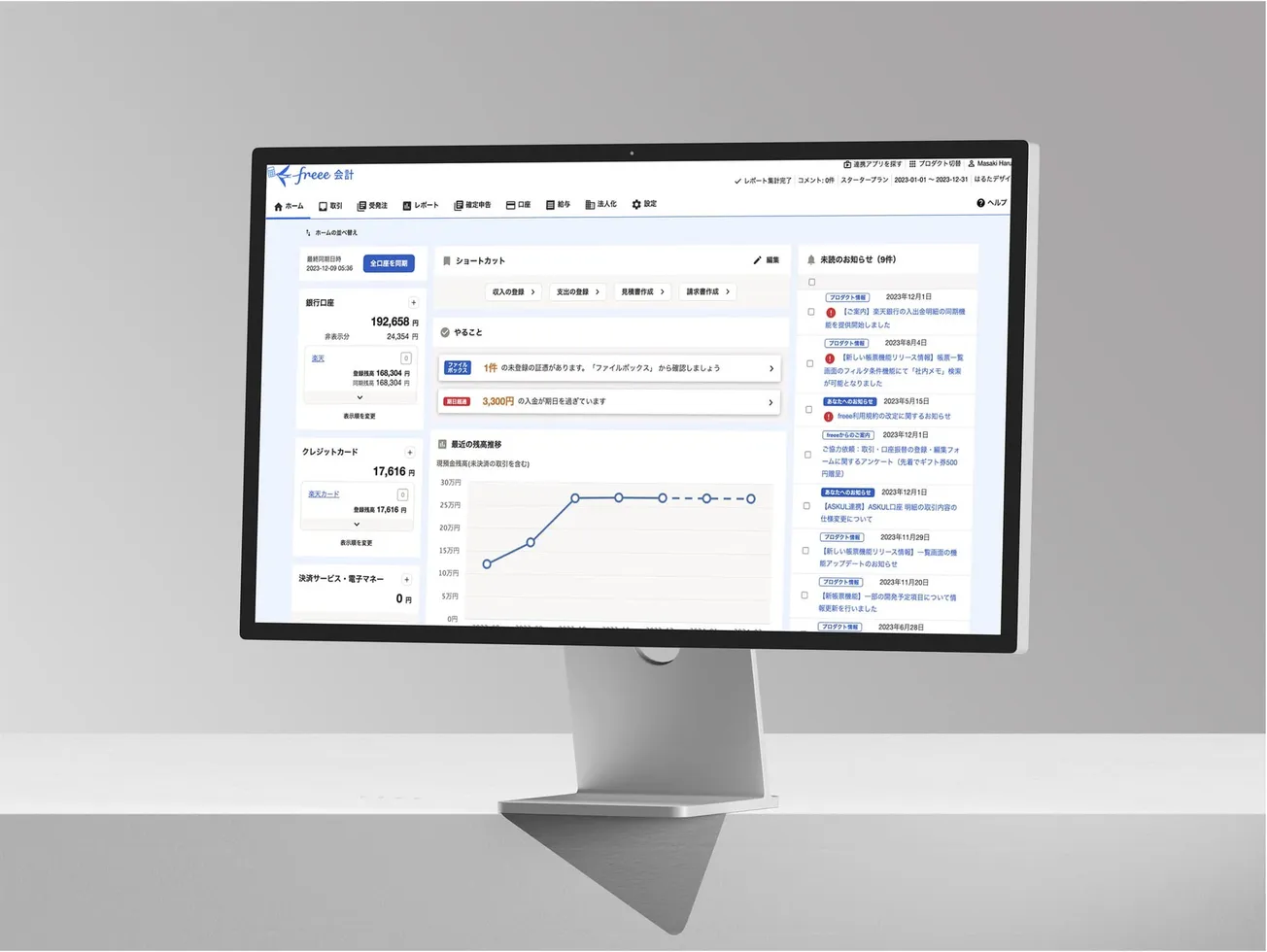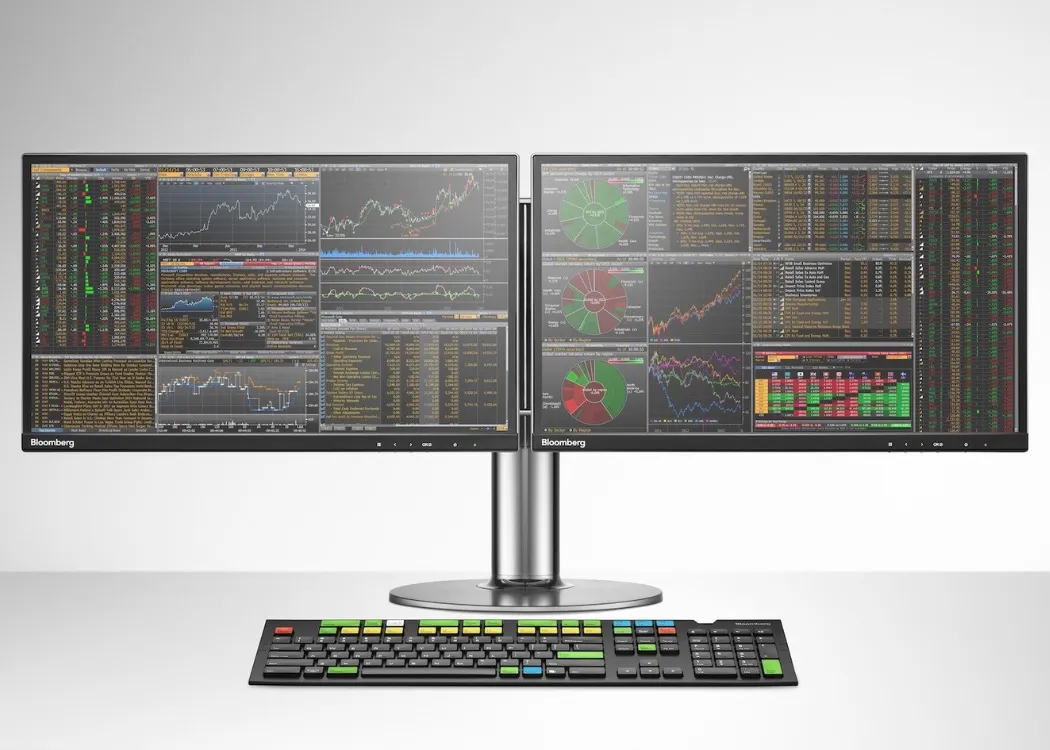Disclaimer: Asian Century Stocks uses information sources believed to be reliable, but their accuracy cannot be guaranteed. The information contained in this publication is not intended to constitute individual investment advice and is not designed to meet your personal financial situation. The opinions expressed in such publications are those of the publisher and are subject to change without notice. You are advised to discuss your investment options with your financial advisers. Consult your financial adviser to understand whether any investment is suitable for your specific needs. I may, from time to time, have positions in the securities covered in the articles on this website. This is not a recommendation to buy or sell stocks.
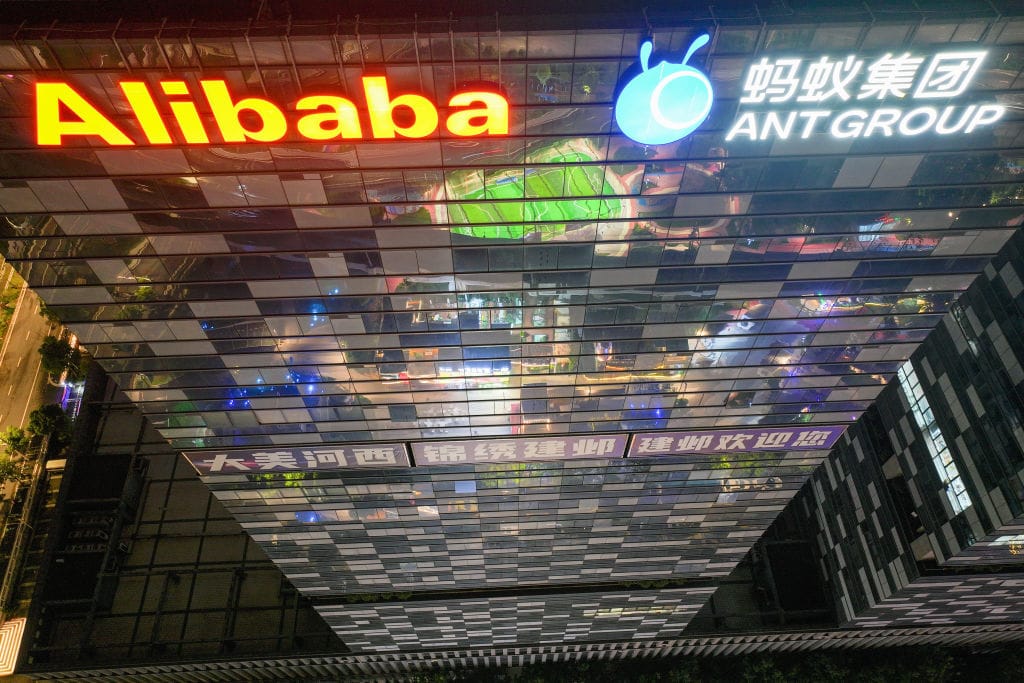
I haven’t paid much attention to e-commerce giant Alibaba (BABA US - US$233 billion) in the past.
But recently, the company has announced a restructuring that could potentially add value to minority shareholders. And I’m not the only one who thinks so. Recent 13F’s show that both Dan Loeb’s and David Tepper’s hedge funds have both upped their bets on the company.
In this post, I’ll describe what I’m seeing in Alibaba. And what a sum-of-the-parts valuation can tell us about a business that’s becoming a lot different than what it’s been in the past.
Table of contents:
1. Alibaba 1.0
2. Widespread scepticism
4. The state strikes back
5. Alibaba 2.0
6. Sum-of-the-parts
7. ConclusionAlibaba 1.0
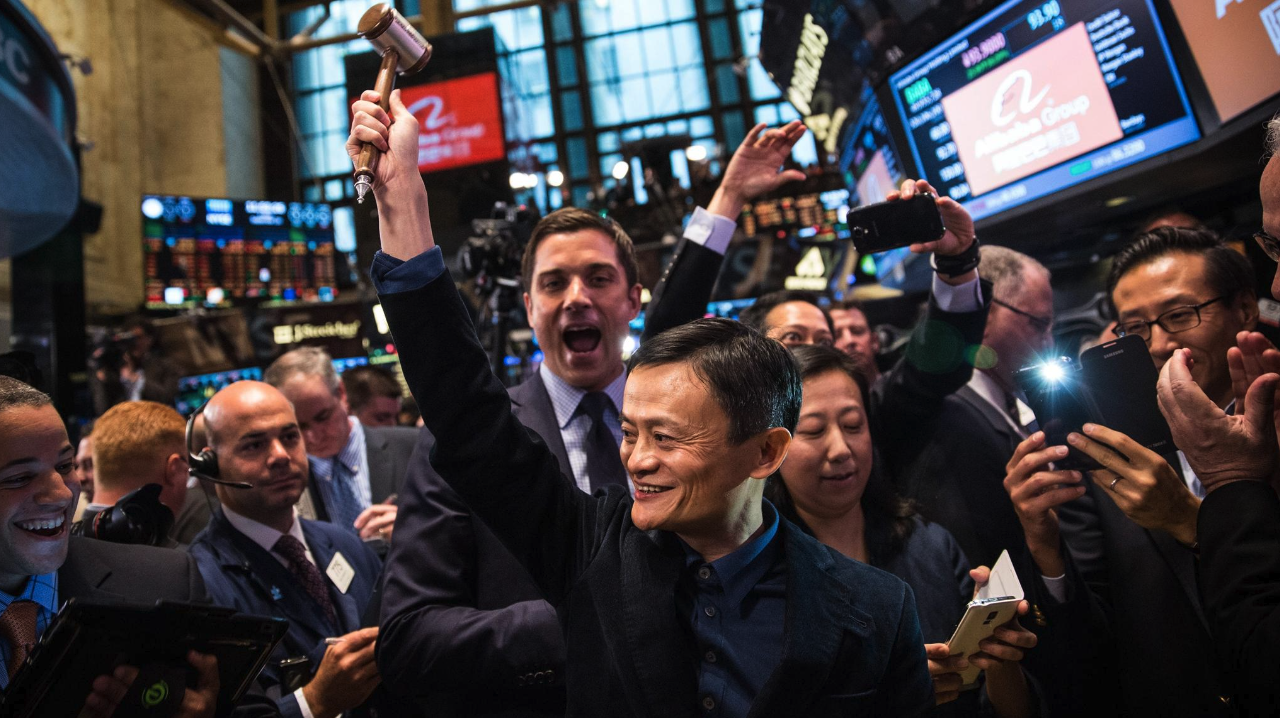
Chinese e-commerce operator Alibaba was founded in 1999 by Hangzhou entrepreneur Jack Ma. He had worked as an English teacher for several years before pivoting to software development.
After a short stint at a state-owned enterprise, Jack Ma and several other individuals set up Alibaba.com - a website connecting Chinese factories with buyers worldwide. It then moved into e-commerce by incubating the widely successful platforms Taobao and TMall.
Alibaba wasn’t the only e-commerce operator in China. eBay bet big on the market, as did Amazon. It also had well-funded local competitors such as JD.com. But thanks to the brilliance of Jack Ma, it came up with innovations such as an instant messaging platform that enabled shoppers to interact with merchants. It also came with an online payment solution called AliPay, which held purchase funds in escrow until the buyer received the product.
And Alibaba was also clever in that it offered the platform for free to merchants, making money on advertising instead. That caused merchants to flock to the platform and Alibaba to gain enormous scale. And 20 years later, Alibaba still dominates China’s e-commerce industry.
In the past decade, however, Alibaba has used the cash flows from the main e-commerce business to finance new initiatives. Today, e-commerce represents roughly 75% of total revenues, with the remainder from cloud computing, logistics and other businesses.
That said, few of those projects are profitable. It’s still the case that the main e-commerce business is subsidising the rest of Alibaba’s activities, as you can see in the following chart:
It’s difficult to overstate the importance of Alibaba. Whether you’re discussing online shopping, payments, investments, data storage, logistics, entertainment, or education - Alibaba impacts people’s lives across so many dimensions.
The organisation is also unique. Some have likened Aliababa to a cult, with employees known as Ali People (“阿里人”). For them, working for Alibaba is not just a job - it’s a way of life.
But the company also expects a lot from its employees. It was one of the first organisations to be associated with the “996” lifestyle: employees working so hard they stay at the office from 9 am to 9 pm, six days per week. It’s a notoriously tough organisation, but employees are often well rewarded.
Transactions on Alibaba’s platforms have grown over time. The gross merchandise value (“GMV”) has now reached CNY 8.3 trillion, equivalent to almost 6% of China’s GDP - a number that’s hard to understand. Some of that GMV belongs to Alibaba’s overseas business, but only a small portion.
Growth is going to slow down eventually. China’s e-commerce penetration is already over 30% - more than anywhere else globally. How high could the number possibly get? Probably not more than 50% since retail sales include items such as cars and restaurant orders, which tend to be sold offline.
Alibaba is also losing market share. Competitor JD.com has grown fast over the past few years by replicating the business model of Amazon of selling directly to consumers through a proprietary logistics network. Bytedance’s short-form video app Douyin has also moved into e-commerce. Meanwhile, in lower-tier cities, Alibaba has faced competition from group buying website Pinduoduo.
This decline in market share doesn’t necessarily mean that Alibaba is facing a decline. Taobao and Tmall still have the greatest number of SKUs of any platform and excel in discovery, with a large feature set built into their platforms. And it might enjoy a certain scale advantage in its R&D and logistics expenditures, enabling it to offer the lowest prices of any platform.
Outside of China e-commerce, Alibaba also owns several other important businesses:
- Alibaba’s international e-commerce websites are small but growing rapidly. Those include Southeast East Asian e-commerce business “Lazada” and global discount e-tailer “AliExpress”, which has made a name for itself selling inexpensive Chinese products to global consumers.
- Alibaba’s cloud business can best be likened to a Chinese version of AWS, dominating the Chinese market with a 36% market share, ahead of Huawei Cloud and Tencent Cloud. Today, it has over 4 million paying customers.
- Cainiao is Alibaba’s logistics network. It doesn’t own many trucks or warehouses, but is mostly a co-ordinator of e-commerce parcels through third-party suppliers. Cainiao is also building a network of neighbourhood storage lockers to which parcels can be delivered.
- Alibaba’s local consumer services segment primarily includes the delivery platform Ele.me - a Chinese version of Uber Eat that competes directly with Meituan.
- A Digital Media & Entertainment business, which owns the long-form video platform Youku and movie studio Alibaba Pictures, which finances Hollywood movies and Chinese movies targeted at the domestic audience.
- Finally, Alibaba has exposure to the mobile payment network AliPay through associate Ant Financial. But Alibaba doesn’t own the equity in Ant Financial, just the rights to 37.5% of its profits. In any case, Ant Financial has become a financial powerhouse, offering payment services, money market funds, consumer loans, insurance policies and more.
Taken together, these businesses have created a conglomerate that is almost unmatched in its reach and importance to the Chinese tech ecosystem, as the following chart illustrates nicely.
Widespread scepticism
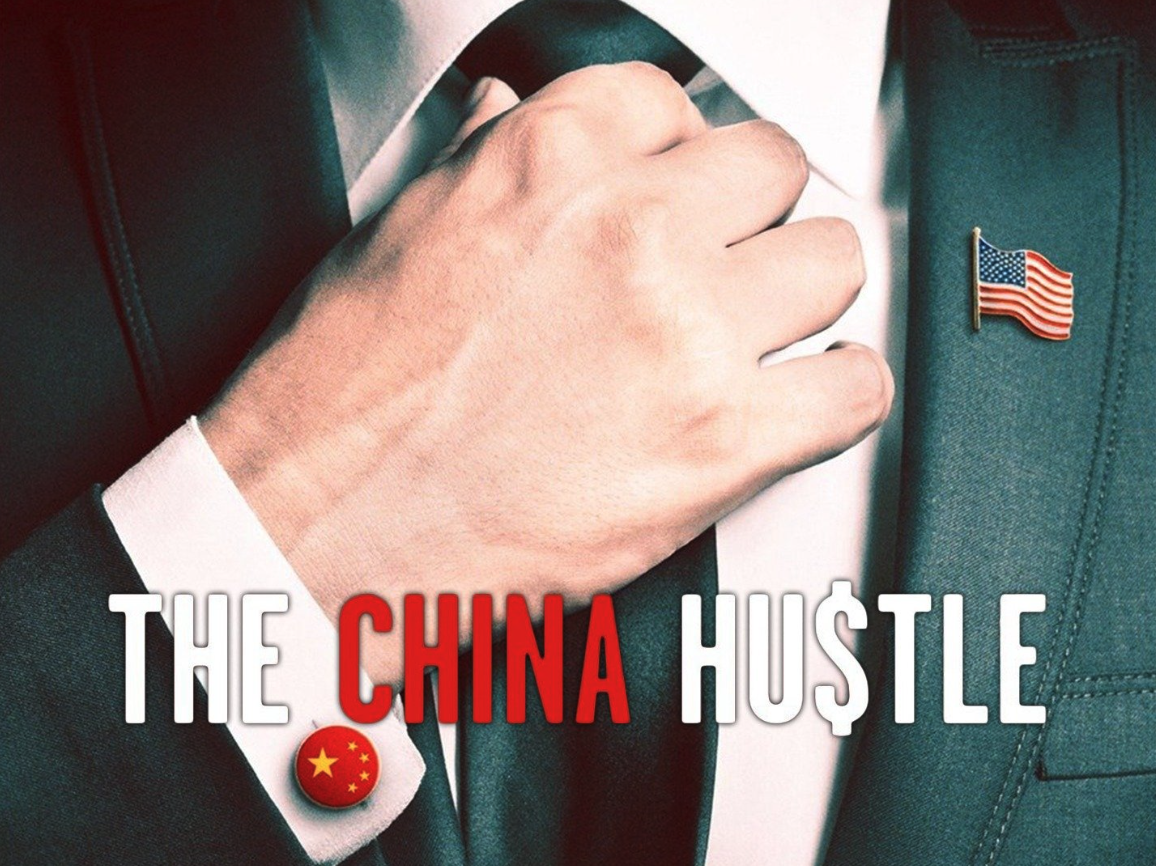
But since the IPO in 2014, many intelligent investors have questioned the accuracy of Alibaba’s reported numbers.
For example, in the 2017 documentary The China Hustle, short-sellers and journalists such as Roddy Boyd, Dan David and Herb Greenberg said that Alibaba was a lottery ticket and that the numbers could not be verified.
In 2015, John Hempton at Bronte Capital questioned how Alibaba’s 367 million users could be spending US$1,056 each annually. With a household consumption per capita at the time of US$2,650, that would mean that 40% of the consumption is spent on Alibaba services. He felt that this number was unreasonably high.
But most likely, there are natural explanations for Alibaba’s high GMV number. Many of Alibaba’s merchants have been faking transactions to boost their ratings and rankings. And there have also been non-traditional items sold on the platforms, including aircraft, real estate and non-performing loans. Those must have brought up the reported numbers.



